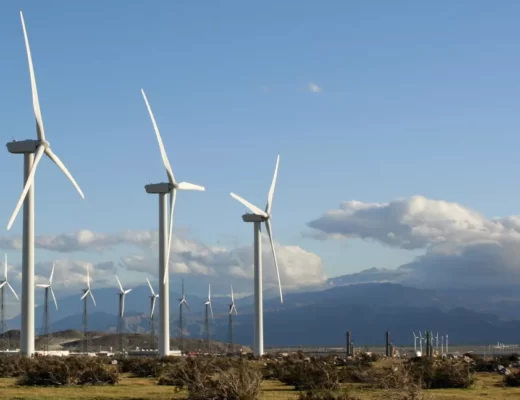By Joe Marren, NRDC Alum
The Federal Energy Regulatory Commission (FERC) today largely approved a plan that would allow the grid operator in California to maintain reliability as more renewables are integrated into the resource mix. While California has a 33% RPS, some projections indicate that renewables may make up significantly more than 33% of retail sales in 2020. Reliably operating the grid during this clean energy shift is one of CAISO’s main responsibilities, and it proposed a plan to establish a flexible resource adequacy capacity requirement to help meet the challenge.
“Flexible capacity” means energy resources that can ramp up and ramp down quickly as needed, potentially starting up and shutting down multiple times per day – natural gas combined cycle plants and some energy storage devices, for example. These flexible resources will be necessary to help smooth the variability of wind and solar power.
CAISO’s flexible capacity plan, which FERC largely accepted today, has several parts:
- CAISO determines system-wide flexible capacity needs based on load changes and changes in wind and solar output.
- Create three categories of conditions (base ramping flexibility, peak ramping flexibility, and super-peak ramping flexibility) that require this type of capacity.
- Allocate the required flexible capacity levels to local regulatory authorities.
- Require local utilities to demonstrate that they have sufficient month- and year-ahead flexible resources, which CAISO will evaluate to determine if there are any deficiencies. Resources included in the demonstration will be subject to flexible capacity must-offer obligations.
- Finally, should there be a system-wide cumulative deficiency, as a last resort CAISO will procure backstop capacity.
While approving CAISO’s plan, it also asked CAISO to make some additional changes to address imports, combining resources, and other issues, for which CAISO will make another compliance filing next month.
A reminder from our colleagues at Sierra Club: the final tariff is very generation focused. A complementary state strategy would be to develop demand response measures such as time of use and other options to change demand patterns and minimize the need for flexible capacity, which are mostly natural gas plants.
In any event, FERC’s approval of CAISO’s flexible capacity plan is a good step forward for renewable energy in California and should serve as an example for other grid operators across the country on one approach to reliably and cost-effectively integrate high levels of wind and solar power into the system using flexible capacity resources.


